#geophone
Photo

these CATS are figuring out REFLECTION SEISMOLOGY with a HAMMER
#cat#cat art#animal art#animal drawing#geology#kitten#kitten art#seismometer#geophone#seismology#geoscience#reflection seismology#seismic reflection#pen drawing#pen art#hammer#oc
36 notes
·
View notes
Text
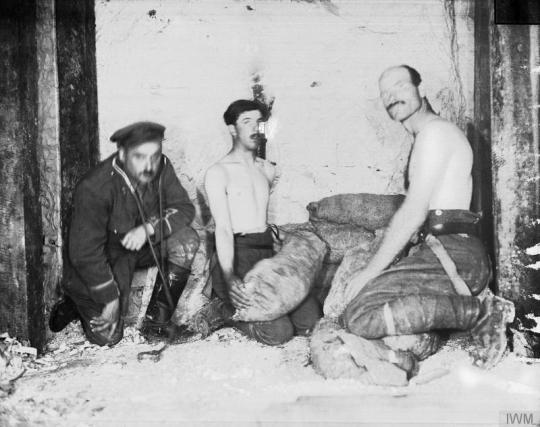
The Battle of the Somme, July-november 1916 Battle of Albert. Laying a charge in a mine chamber. Note the officer using Geophone. July 1916.
Royal Engineers No 1 Printing Company - http://media.iwm.org.uk/iwm/mediaLib//348/media-348264/large.jpg This photograph Q 115 comes from the collections of the Imperial War Museums.
0 notes
Text
Bootylicious post op tranny spreads her legs
Ebony lesbians lick each other's pussies and asses for the holidays
Ben voce vai vira gluteo dentro da Gwen
Peter squeezes out a fat load all over Addie Andrews
Gozando na Cara da loira linda
Cockwhore wedding night tapout
Best video ever
pinay teen carol scandal
Amirah Adara Anina Silk Misha Cross Anal Cocksuckers
flash public no campo de santana rj
#broad-arrow#simitars#weedily#Brendan#similes#gifting#vitrines#pseudostratum#pyrocomenic#diethers#bemuse#tree-boring#efficiencies#miscipher#inseer#compotationship#airphobia#Geophone#augen-gneiss#hypanthia
0 notes
Text
Wireless seismic geophones
A geophone is a fundamental tool for geoscientists it helps to identify what is happening underground. Wireless seismic geophones are highly sensitive ground motion transducers that have been used by seismologists and geophysicists for decades. These wireless geophones have two-channel operation ranges of up to 75 feet. The main advantage of wireless sensors its straightforward installation. The wireless sensor doesn’t require any drilling, wiring, or structural building changes. The main two factors that affect the cost of these sensors are the cost of the components and ongoing maintenance costs. The initial cost can be slightly higher for wireless systems, but in the future modification will be much cheaper.
0 notes
Link
There are three sorts of normal geophones: upward, even and multi-segment. Furthermore, these can have various frequencies. Ordinarily, we utilize vertical geophones for refraction and surface wave studies and level geophones for reflection and multi-part for a few high level investigations of the ground development. Note that for review in water we can utilize sensors that distinguish pressure changes as opposed to vibrations.The decision of geophone recurrence will rely on the sort of seismic examination being attempted and the application. Surface wave techniques should utilize low recurrence geophones under 5 Hz, while refraction commonly utilizes 10-28 Hz geophones and reflection studies will regularly utilize 10-40 Hz geophones. High recurrence evaluations on the seismic geophones give more noteworthy goal yet limit the profundity or distance that the seismic energy will be distinguished. Geophones have a resounding recurrence this is the recurrence of vibration at which they like to waver and hence give the greatest reaction. Low recurrence geophones are great at distinguishing low recurrence vibrations and these are the one which travel profound and far. A higher recurrence geophone will answer best to quicker motions which are the ones which make more detail. For ground vibrations at frequencies either side of the reverberation rating, a geophone will record those over the rating better compared to those beneath thus, if all else fails, it is smarter to utilize a geophone with too low recurrence than excessively high.
0 notes
Text
Bearing Detector
One of the most common reasons for problems in rotating machinery is bearing failure, which can be catastrophic and result in expensive downtime. Finding the
fault at an early stage and alerting the operator before it worsens into a catastrophic failure is one of the primary concerns in bearing prognostics. Signal
de-noising and extraction of the weak signature are essential for the sensor-based method's bearing prognostics since the measurement mechanism's inherent flaw frequently adds a significant amount of noise to the signal. Additionally, because a damaged bearing detector's signature spans a large frequency range, noise and low-frequency effects can easily hide it. Typically, a vibration sensor mounted on a bearing detector collects the vibration signals.
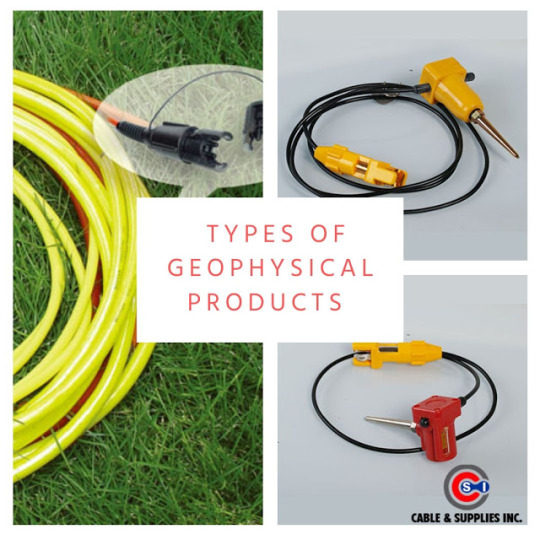
0 notes
Text
There are three sorts of normal geophones: upward, even and multi-segment. Furthermore, these can have various frequencies. Ordinarily, we utilize vertical geophones for refraction and surface wave studies and level geophones for reflection and multi-part for a few high level investigations of the ground development. Note that for review in water we can utilize sensors that distinguish pressure changes as opposed to vibrations.The decision of geophone recurrence will rely on the sort of seismic examination being attempted and the application. Surface wave techniques should utilize low recurrence geophones under 5 Hz, while refraction commonly utilizes 10-28 Hz geophones and reflection studies will regularly utilize 10-40 Hz geophones. High recurrence evaluations on the seismic geophones give more noteworthy goal yet limit the profundity or distance that the seismic energy will be distinguished. Geophones have a resounding recurrence this is the recurrence of vibration at which they like to waver and hence give the greatest reaction. Low recurrence geophones are great at distinguishing low recurrence vibrations and these are the one which travel profound and far. A higher recurrence geophone will answer best to quicker motions which are the ones which make more detail. For ground vibrations at frequencies either side of the reverberation rating, a geophone will record those over the rating better compared to those beneath thus, if all else fails, it is smarter to utilize a geophone with too low recurrence than excessively high.
0 notes
Text
Wireless seismic geophones
This wireless seismic geophone is a cable-free seismic data acquisition system for the oil and gas industry. The cable-free data acquisition system can get much more attraction from contractors, exploration companies, and architects in seismic exploration. The traditional seismic acquisition system has cables to connect. Nowadays cable-less recording systems are common for seismic acquisition main advantages of these cable-free systems are reduced crew and transport costs, reduced maintenance, small and lightweight, highly scalable and improved safety.
0 notes
Text
Wireless seismic geophones
To collect seismic data installing a wireless seismic geophone is the best option. The geophone is an integral component of monitoring and analyzing the machinery vibration it converts mechanical motion into electronic signals which are proportional to relative velocity. The geophone is used for the seismic investigation to transform the vibration in the ground into voltage. Commonly there are three types of geophones horizontal, vertical and multi-component and each of them has different frequencies. Vertical geophones are used for surface wave studies, horizontal geophones for surface wave studies, and multi-component for advanced studies of the ground.
0 notes
Text
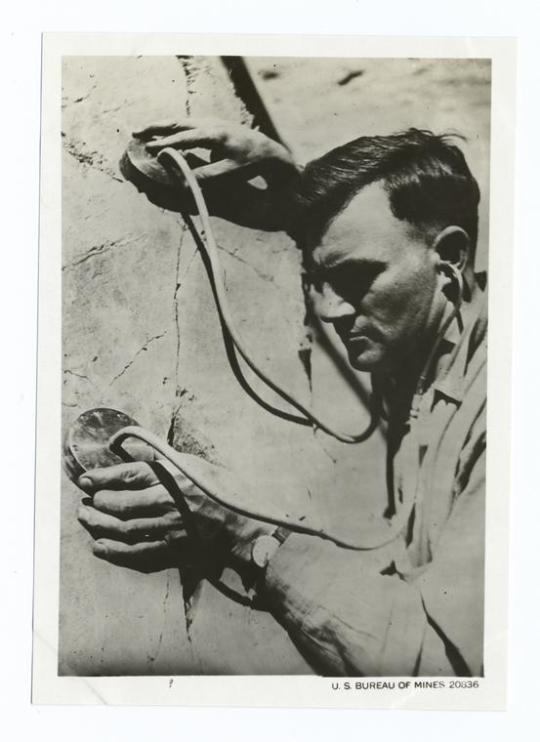
"Man using a geophone"
The New York Public Library Digital Collections. 1860 - 1920. https://digitalcollections.nypl.org/items/510d47d9-b49c-a3d9-e040-e00a18064a99 The Miriam and Ira D. Wallach Division of Art, Prints and Photographs: Photography Collection, The New York Public Library.
0 notes
Text
Wireless seismic geophones
The geophone is a motion transducer it is commonly used by geophysicists to convert ground movement into voltage. We provide wireless seismic geophone, cable, and connectors to industries like the seismic industry, vibration detection, and security industry. We supplied geophysical products, and vibration and security products worldwide. Our main goal is to supply high-quality geophones, geophone strings, geophone connectors, etc, and make our customers satisfied with the highest standard of service and latest technology. We satisfy our customers with long-lasting products and never-ending customer support.
0 notes
Text
Geophone suppliers
Our main goal is to provide high-quality geophysical products worldwide. Geophone suppliers offer a very high-level satisfaction to our clients. We provide high-quality service with the latest technology and service. We are professional geophone suppliers we are developing the innovative product with the latest technology for our new and existing customers. We are professional suppliers of geophysical products or equipment such as cables, spare parts, geophone sensors, geophone strings, seismic cables, etc. Our main advantage is that we offer quality service, integrity on-time delivery, and never-ending customer support, and also we are able to guarantee the satisfaction of our customers..
0 notes
Text
Things I Want To Do
Stick an Andalite in a kiddie pool of colored water like a flower and see if they change colors.
Stick geophones in the surface of the Taxxon homeworld to eavesdrop on the Taxxons.
Same with the Yeerk Pool, but hydrophones instead of geophones.
Install trailcams on the Hork-Bajir homeworld that anybody can watch online. Will today be the day you see a monster? Who knows!
Find out what the Desbadeen look like. I want to know more about them.
Strap roller blades to a Garatron.
Put Tobias in therapy.
Make knitted hats for Andalites with little turtleneck sleeves that go around their eyestalks.
Throw TOWIM out of an airlock.
Throw Crayak out of an airlock.
Throw Toomin out of an airlock.
Send the CDC and DoE in to help the Nartec with the radiation-related gene problems.
See the Nartec win a court case recognizing them as US citizens because they were born in US territorial waters.
See a Nartec get elected President of the United States.
See a Yeerk born in the California Yeerk Pool get elected President of the United States. Or a Hork-Bajir born in the Hork-Bajir Valley get elected President of the United States. President Toby Hamee.
Taxxon Bite Strength Test.
Find out what Hork-Bajir would look like with tattoos.
Morphing Cube Petting Zoo.
51 notes
·
View notes
Text
Keeping an eye out

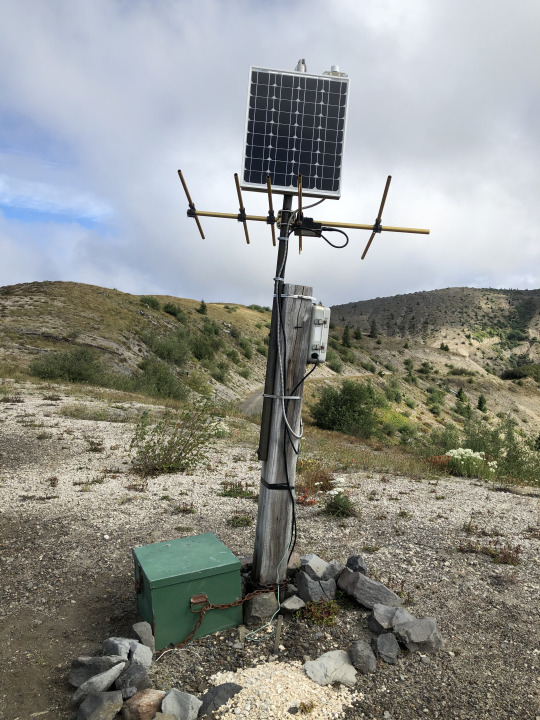
Mount St. Helens is the most active volcano in the Cascades. It's major eruption in 1980 has been succeeded by about 10 other smaller eruptions and maintains near-constant microseismicity. The first pictures show one of the close-in monitoring stations at Windy Ridge. The USGS Cascade Volcano Observatory maintains a number of large monitoring stations close to the mountain, near the vent, where they've been armored to protect from eruptive activity. These stations typically include a seismometer (seismogram here), a GPS station (the white dome), and other equipment like geophones or a webcam. Volcanoes never erupt spontaneously, they are always preceded by some kind of activity - usually small earthquakes - and let you know when they're ready to go. St. Helens hasn't done anything since about 2010, taking a well-deserved rest after the major lava dome growth in 2004-2008.
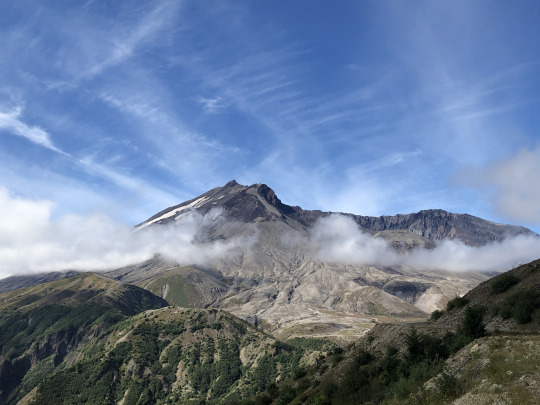


Around the mountain to the southeast, you can hike through the Plains of Abraham's pumice fields and past the slot-canyon head of Ape Canyon to the rim of the Muddy River, where another monitoring station reports seismicity and GPS data. The GPS stations observe the shape of the volcano over time. As gas, fluids, and magma move around inside the mountain, the surface deforms. Rapid or dramatic deformation is often indicative of impending eruption or other activity, and is one of the most important parameters in the volcanologists' arsenal.
#geology#pacific northwest#washington state#washington geology#mount st helens#volcano#cascade volcanoes#gifford pinchot national forest#volcanology#geohazard#loowit#bettergeology#adventures
36 notes
·
View notes
Link
There are three sorts of normal geophones: upward, even and multi-segment. Furthermore, these can have various frequencies. Ordinarily, we utilize vertical geophones for refraction and surface wave studies and level geophones for reflection and multi-part for a few high level investigations of the ground development. Note that for review in water we can utilize sensors that distinguish pressure changes as opposed to vibrations.The decision of geophone recurrence will rely on the sort of seismic examination being attempted and the application. Surface wave techniques should utilize low recurrence geophones under 5 Hz, while refraction commonly utilizes 10-28 Hz geophones and reflection studies will regularly utilize 10-40 Hz geophones. High recurrence evaluations on the seismic geophones give more noteworthy goal yet limit the profundity or distance that the seismic energy will be distinguished. Geophones have a resounding recurrence this is the recurrence of vibration at which they like to waver and hence give the greatest reaction. Low recurrence geophones are great at distinguishing low recurrence vibrations and these are the one which travel profound and far. A higher recurrence geophone will answer best to quicker motions which are the ones which make more detail. For ground vibrations at frequencies either side of the reverberation rating, a geophone will record those over the rating better compared to those beneath thus, if all else fails, it is smarter to utilize a geophone with too low recurrence than excessively high.
0 notes